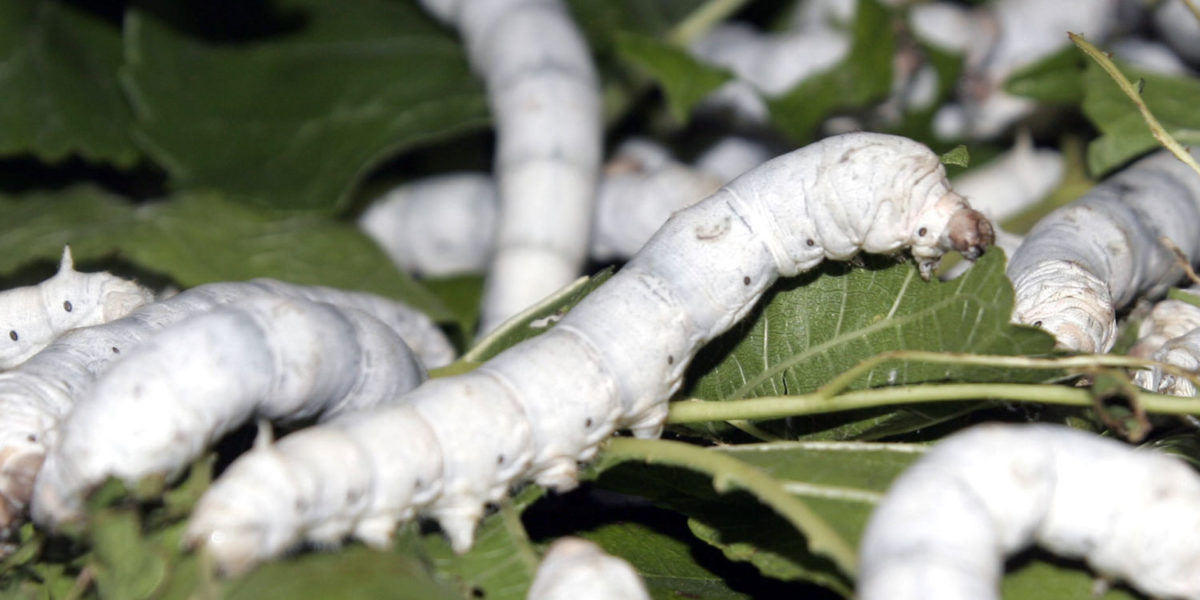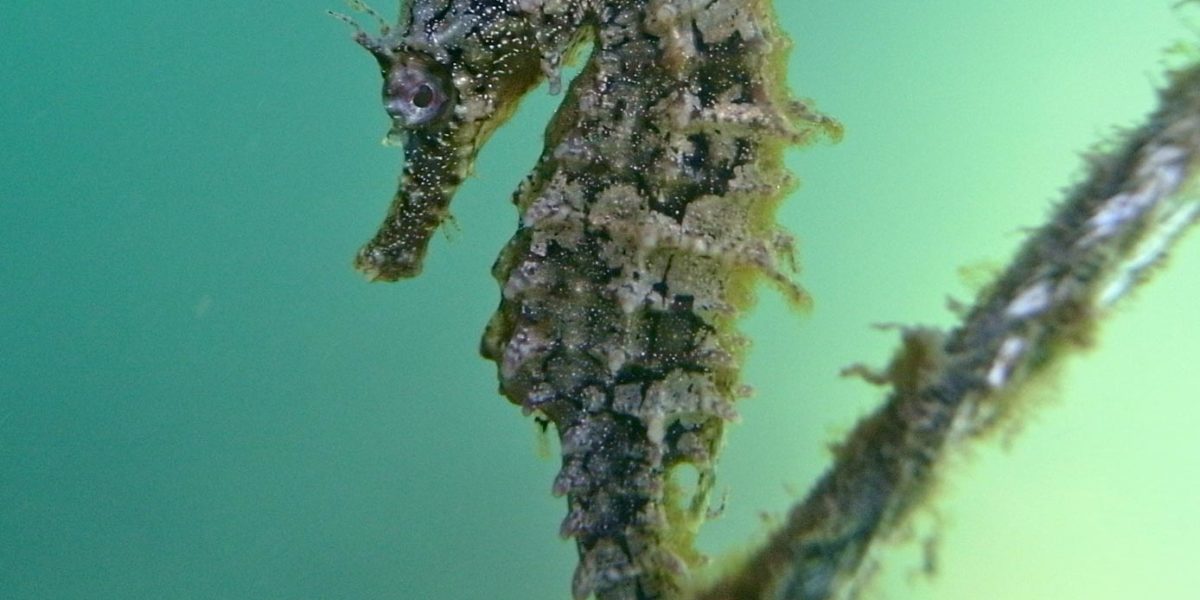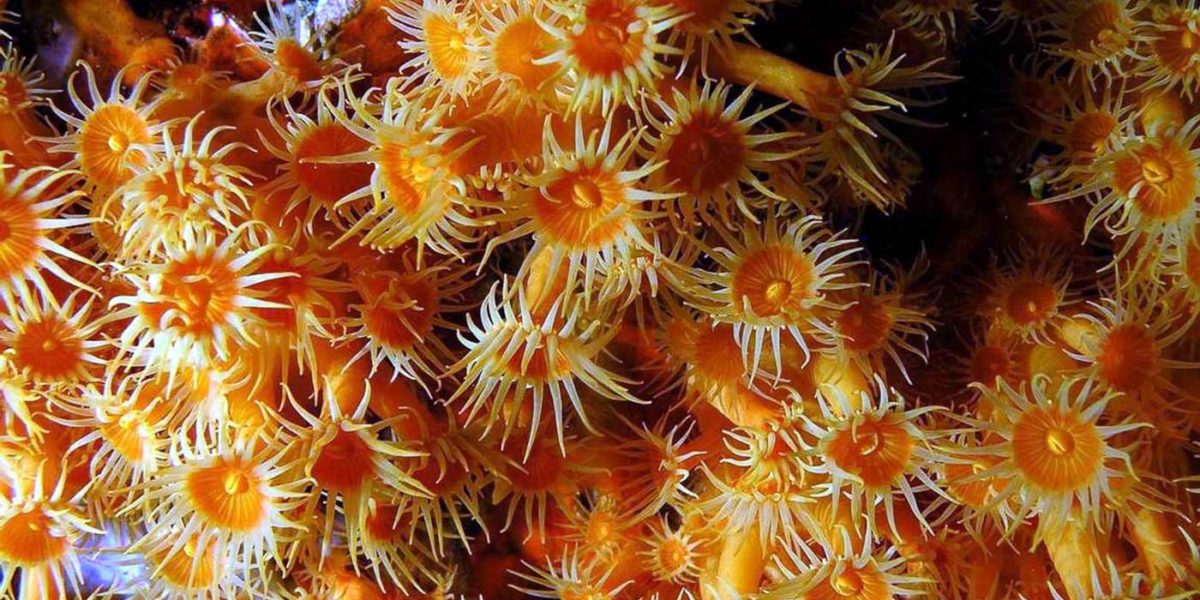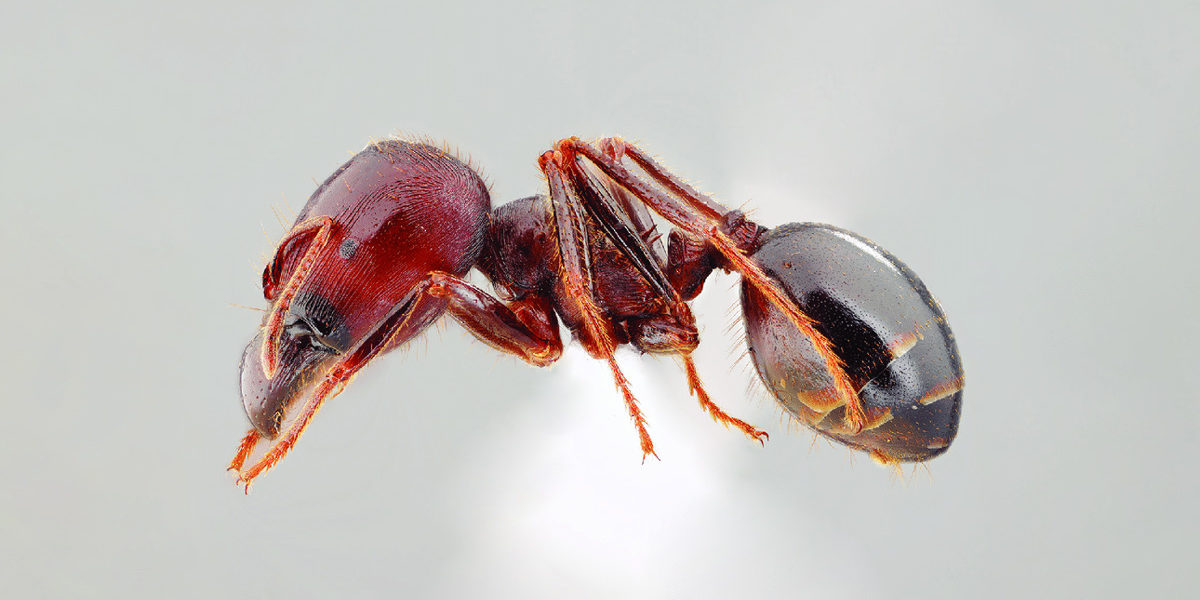
Dragonfly
Photo by Joydeep, CC BY-SA 3.0 Dragonfly Brachythemis contaminate The dragonfly is a unique insect that often features bright males and dull-coloured females. In some species, however, certain females will be coloured like males. This allows them to go about their business without being harassed by courting males. They still mate but at a much… Read More










